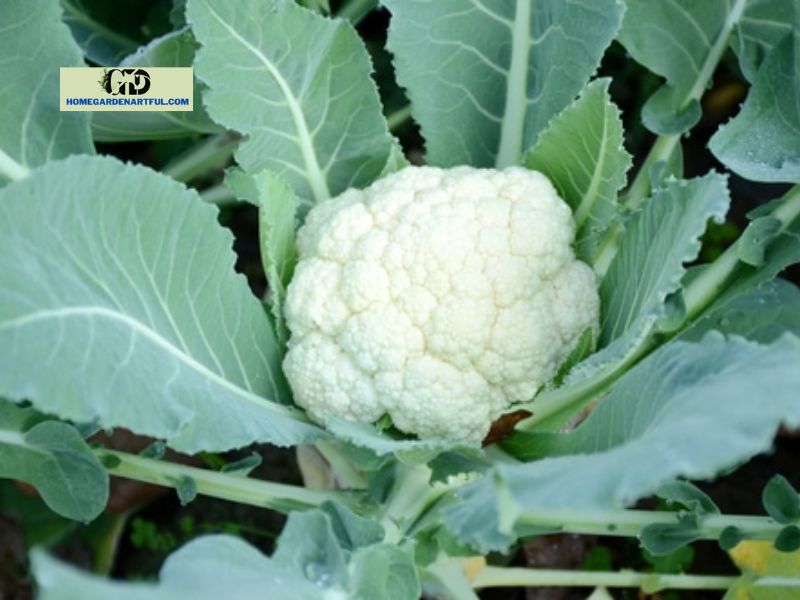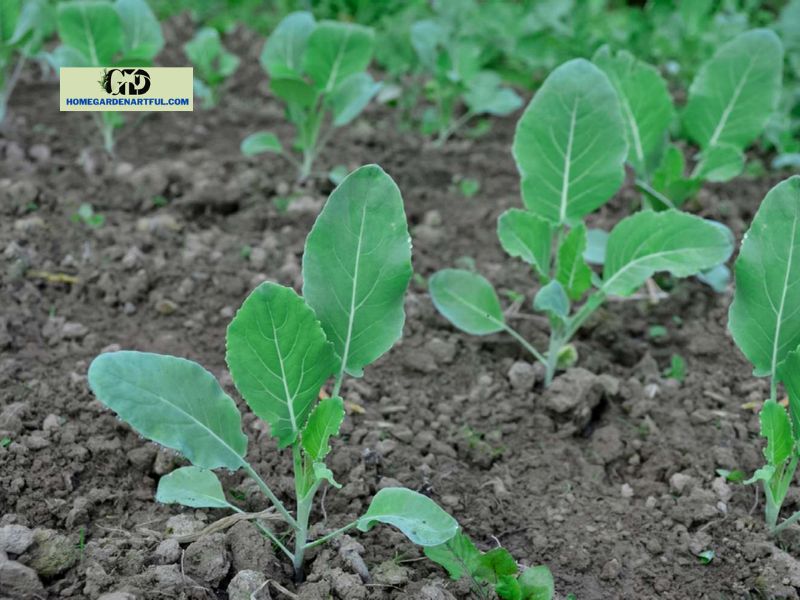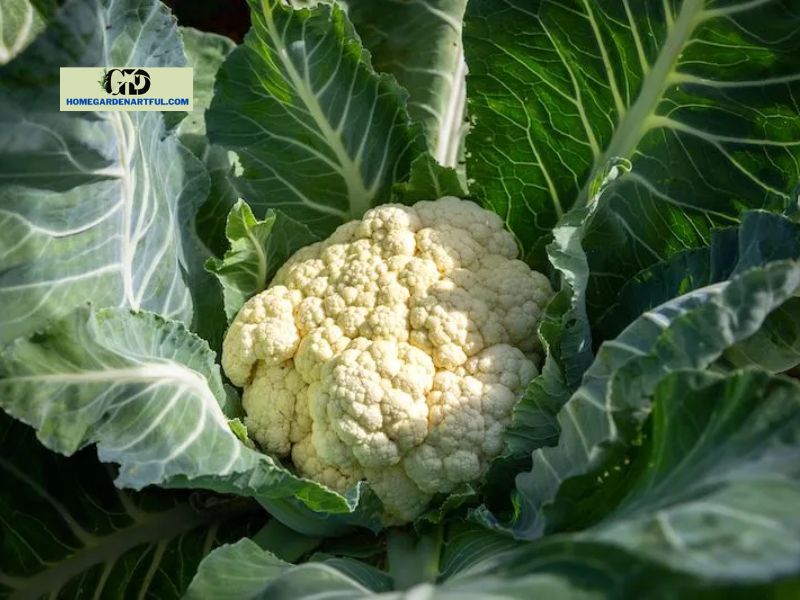Do you know how many Growing Stages Of Cauliflower? Cauliflower is a cool-season vegetable with numerous stages of development, from planting the seed to harvesting the adult head.
In this post, I’ve outlined the stages of cauliflower plant growth as well as some advice to help you grow a bumper crop of cauliflowers in your garden.
Cauliflowers are members of the brassica family, which includes broccoli, cabbage, kale, and Brussels sprouts.
Germination, seedling, foliage growth, head growth, flowering, and seed production are the six distinct stages of growth in cauliflower plants.
Cauliflowers come in white, light green, purple, and orange kinds, or for something unusual, grow Romanesco cauliflower (shown below), which is light green with a wonderful spiral design.
Growing Stages Of Cauliflower

Planting the seeds
Cauliflower seeds can be planted in seed trays or straight in the garden in the spring or fall.
Maintain the soil moist and cover the seeds with a thin layer of dirt.
Germination
Cauliflower seeds typically germinate in 8 to 10 days, and the first leaves to form in the seedling are known as cotyledons as well as seed leaves, which are followed by genuine leaves.
Seedling

If you sow the seeds in pots, you can transplant them to the garden after they reach about two inches (5 cm) in height.
Put the seedlings in rows with about 12 inches (30 cm) between them to allow them to spread out.
Cauliflower seedlings are quite sensitive at this time and must be handled with extreme caution until they are well established.
For the first few days after being transplanted outside, the young plants will get help from some shade during the day.
To guard the seedlings from slugs and snails, scatter some snail pellets as well as set up a beer trap.
Foliage Development
As the cauliflower grows, it will create huge leaves, and the plants will require constant watering during this period, especially if there isn’t much rain.
Weeding on a regular basis will maintain the area weed-free, and mulch at the base of the plants will help suppress weeds and conserve moisture.
You can also feed the plants a liquid fertilizer every week or two at this time.
Head development
When the cauliflower heads begin to form, collect the leaves around the head and tie them with string or elastic.
This will shield the cauliflowers from the sun and wind.
Harvesting

Cauliflowers are ready to harvest 85 to 130 days after seeding, depending on variety and climatic conditions.
Cauliflower heads should be taken when they are around 8 inches (20 cm) in diameter.
Heads must be well-formed, compact, and robust.
Cauliflowers should be harvested when they have been thoroughly hydrated, and the heads should be removed from the plant’s base with a sharp knife.
Leave a few leaves attached to safeguard any emerging side shoots, which can be plucked a few weeks after the main head.
Flowering / Bolting
Bolting or flowering occurs if cauliflowers are grown in excessively hot weather or if they are kept in the garden for an extended period of time.
Cauliflowers bolt by sending up a big flower stalk, which bees and other pollinating insects pollinate.
The flowers will generate seeds after they have been pollinated.
If you want to save the seeds, cut off the brown blooms and let them dry in a cool, dark area for a couple of weeks.
When the flowers have dried, carefully tap them to release the seeds and store them in an envelope till you are ready to sow your next crop.
Conclusion
So that’s a fast rundown of the Growing Stages Of Cauliflower you’ll notice as the cauliflowers mature in your yard.
It’s fascinating to see the cauliflower growth cycle, and it’s incredibly fulfilling to harvest your own homegrown cauliflowers.
Have you ever attempted to cultivate cauliflower in your veggie garden? Please let me know in the comments section below.


